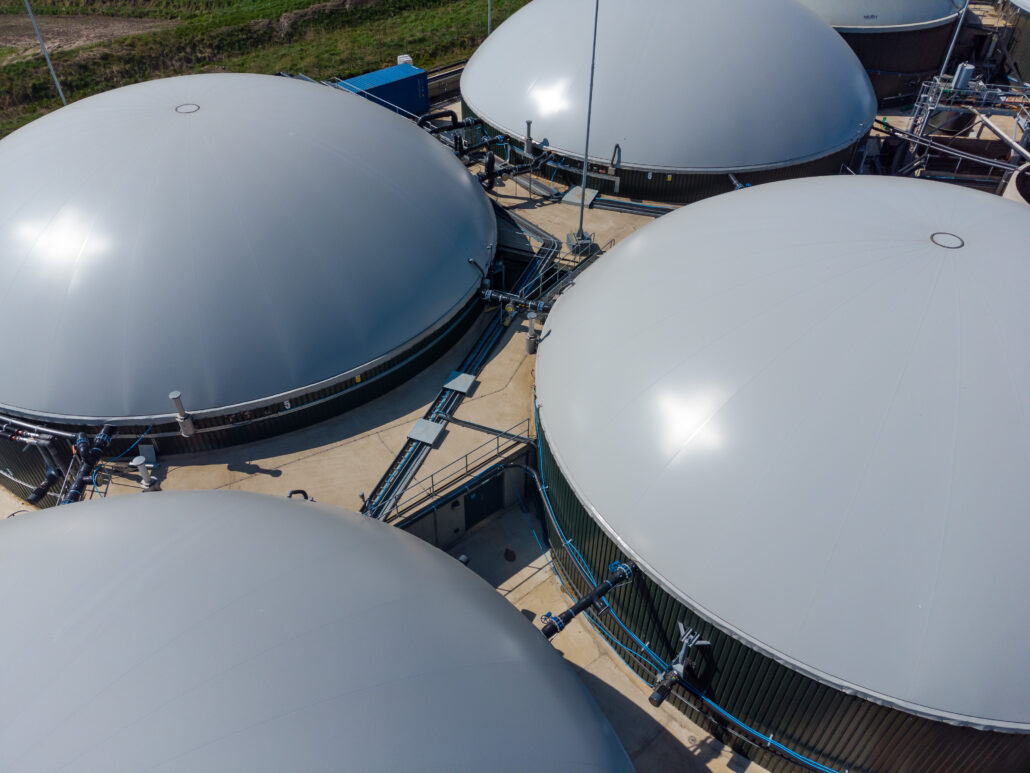
Biogas trade bodies and companies call for an urgent rethink on GHG Protocol guidance for corporate biomethane use reporting
Over 50 biogas and biomethane trade associations and companies from around the world have written to the World Resources Institute (WRI), administrator of the Greenhouse Gas Protocol (1), calling for a rethink of its position on the use of biomethane certificates for greenhouse gas reporting by corporate gas users.
The GHG Protocol is globally recognised as the leading GHG accounting standard. Until recently, corporates wanting to decarbonise their emissions purchased biomethane certificates and reported this as part of their Scope 1 emissions accounting (2). This led to investment in new biomethane production infrastructure, which the world critically needs to cut methane emissions from organic wastes and generate green gas, biofertilisers and bioCO2, but this will no longer be possible under the proposed new guidance.
In their letter to Pankaj Bhatia, Global Director of the GHG Protocol at WRI, the World Biogas Association is joined by national trade bodies from across Europe, North and Latin America, Africa and Oceania, as well as stakeholders including major operators such as TotalEnergies, Nature Energy, Clarke Energy and Engie to express their concern about the impact of the proposed new “Land Sector and Removals Guidance” (3) on the production of biomethane.
In particular, the signatories ask for the removal of Annex B of the guidance and for the reinstatement of the existing guidance allowing companies to purchase biomethane certificates as part of their Scope 1 reporting (4). The new guidance requires physical delivery of biomethane to corporate consumers via dedicated pipelines or road transport, rather than via existing gas grids, which is logistically and commercially unviable, and will lead to increased emissions.
“The proposed changes have the potential to immediately halve investment in a renewable technology that could deliver one third of today’s global natural gas consumption, half of the Global Methane Pledge and a 10% reduction in total global greenhouse gas emissions, as well as create millions of green jobs”, explains Charlotte Morton, WBA Chief Executive. “Alongside the many other signatories, we call on the WRI to remove the Annex and work with the sector to develop criteria to ensure that biomethane certificates evidence real decarbonisation.”
READ THE LETTER TO THE WRI
(1) Developed in 2015, The GHG Protocol establishes comprehensive global standardized frameworks to measure and manage greenhouse gas (GHG) emissions from private and public sector operations, value chains and mitigation actions.
(2) The framework for companies to measure and manage their GHG emissions is established within three ‘scopes’:
- scope 1 emissions are direct emissions from businesses (e.g. using fossil fuels);
- scope 2 are from the purchase of energy (e.g. for heating or electricity); and
- scope 3 are indirect emissions associated with business activities and the supply chain.
(3) The draft “Land Sector and Removals Guidance” is a supplement to the GHG Protocol Corporate Accounting and Reporting Standard, which establishes the methodology for corporations to carry out inventories of greenhouse gas (GHG) emissions in their operations and report on their use of green alternatives to fossil gas, such as biomethane.
(4) Under the current guidance, it is specifically stated that a company which purchases biogas or biomethane via a contractual instrument, compliant with the ‘GHG Protocol Scope 2 Quality Criteria’, may report scope 1 emissions for biomethane using the market-based method and using a specific emission factor. As a result, certificates from the AD sector became an attractive means of evidencing GHG reduction across a wide variety of industries, and supported investment of new biomethane production infrastructure, which is critical if the world is to achieve its 2030 climate targets and keep alive the possibility of meeting the 1.5 degree target.